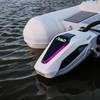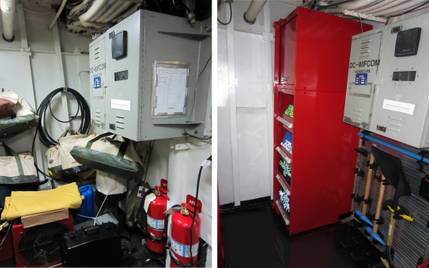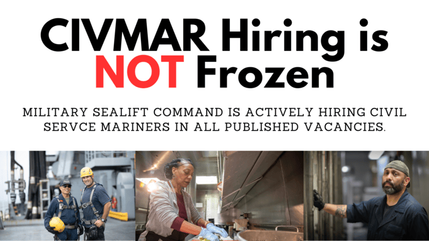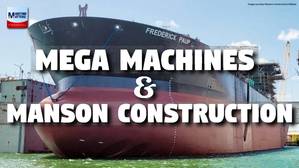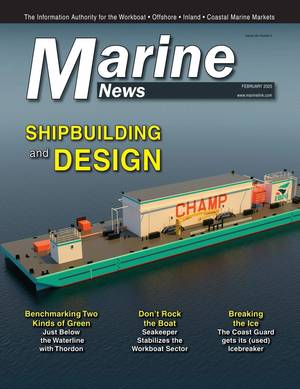In a rapidly changing, increasingly technological world, companies are finding it more important to change the way they invest their man-hours and expand their facilities. Bollinger Shipyards has aggressively expanded its physical facilities over the past few years, but realized expansion of the facilities without a thorough revamp of its internal communications systems would be foolish and costly, in the long run.
The company employs 1,800 and is comprised of eight shipyards in Southern Louisiana. The most distant offices are still within 120 miles of each other.
Until recently, the shipyards were using several different software systems to produce financial and operational information. In addition, several manual processes and mechanisms were used in estimating, scheduling, purchasing and accounting. To compare or consolidate the information, countless manual hours were expended collecting and merging the information from different software and databases.
Attempts had been made in the past to implement software that all the yards would share, but the attempts were not been successful due to software limitation and the inability of the company to perform the necessary changes required to implement such a system.
To facilitate its strategy of aligning management and resources along lines of business as opposed to geography, Bollinger turned to Arthur Andersen, one of the country's premier management consultancies, and Oracle, one of the world's leading software system manufacturers.
Building on the concept of taking a more centralized view of providing services, management and support to all of the company's businesses, the company planned to connect all its locations via a T-1 based Wide Area Network (WAN) and then implement an Enterprise Resource Planning System (ERP), a system using one database and several software application modules to automate all of a company's key operational and financial processes.
Prior to the purchase of Oracle ERP applications software, the company embarked on an extensive selection process designed to match the company's needs and requirements for a comprehensive system to the functionality of individual ERP systems. Due to the time constraints involved prior to the company's Y2K deadlines, the company hired Arthur Andersen LLP as a consultant to assist in the selection and implementation process.
Once the system was selected, the question of cost came next. And although the cost of implementing the Oracle system was steep (estimated $2.5 million), the cost of not having the system was potentially even greater. According to the company, the cost of implementing the system became more justifiable with the realization of an anticipated annual savings (both direct and indirect) of between $750,000 and $1 million, with purchasing and material handling leading the pack at an estimated annual savings of $600,000 per year.
The full suite of products installed include Manufacturing, Projects, Project Manufacturing, Purchasing, Inventory, HR/Payroll, Financials and MRP. The package is designed to enable the company to have all its information under one database/suite of products and shared throughout all of the divisions. In addition, Oracle's software is browser-based and designed to operate over the Internet, which will reduce maintenance costs of the system. All updates, upgrades, system changes, maintenance and end user changes are made locally on the centralized server.
Once fully operational, the efficiencies and cost savings will be plentiful. The cost to produce and process P.O.'s, pick lists, requisitions, invoices, A/P checks, payroll, HR requests and other functions will decrease substantially. Project managers will have more accurate and timely information to make crucial real-time decisions on the shop floor. Estimators will have more task-level information and history to assist them in projecting the cost of building vessels.
Schedulers and shop floor managers will have automated maps of material and manpower requirements, increasing labor efficiency. Inventory will be more accurate and visible throughout the system. Finally, purchasing will have the advantage of a master parts list encompassing all of the company's divisions, which will facilitate the company's centralized purchasing initiative and allow Bollinger to capitalize on the buying power of its combined divisions.
Subscribe for
Maritime Reporter E-News
Maritime Reporter E-News is the maritime industry's largest circulation and most authoritative ENews Service, delivered to your Email five times per week




